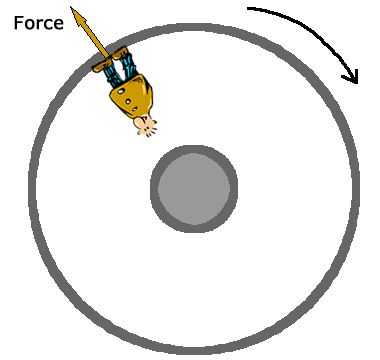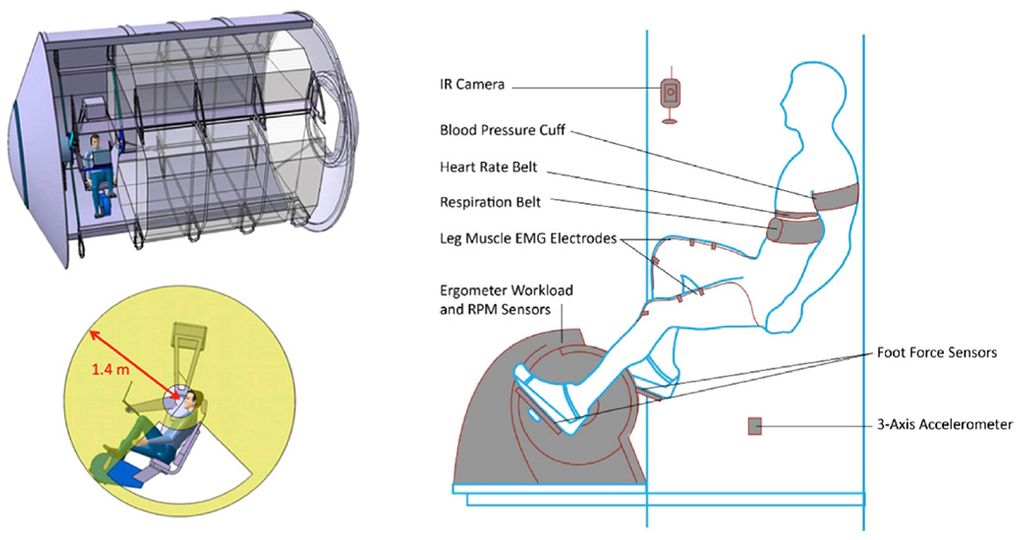Artificial Gravity - Fundamental For Future Space Travel
Apr 17, 2019 • 580 views
Artificial gravity. Star Wars has it. Star Trek has it. But it is actually possible in real life? Artificial gravity is more than just convenient. Weightlessness is bad for humans and it makes bones and muscles degrade in space. So you think after more than 50 years of space flight, we’d come up with a way to make artificial gravity.
The only practical way to make you feel like you’re experiencing the full effects of gravity is by spinning. We have all faced this at least once in our life when we are in an amusement park, a ride spins really fast like a centrifuge making you stick to the walls. That’s because when the ride spins, centripetal forces are constantly pushing the wall towards you.

NASA developed this huge centrifuge to test the possibility of simulated gravity back in 1960. A dummy astronaut was placed inside. They noticed that, from the astronaut’s perspective, the rest of the world is moving and the astronaut is standing stationary. This proves that centrifugal force is absolutely real and measureable force, pushing the astronaut downwards just like gravity.
This occurs because in physics and engineering, we must balance forces. The system has to in equilibrium. Newton’s third law states for every action, there is an equal and opposite reaction. So if centripetal force exists, there has to be a force pushing him outwards. That is centrifugal force.
Unfortunately, this is something we couldn’t implement into our space shuttles. Take a moment and imagine standing inside a spinning disc. Not so comfortable eh? A lot of research and experiments needs to be conducted to successfully pull off a space shuttle with artificial gravity. And if they could, it could have a major advantage in future space travel.

Pic: MIT's instrument to experiment artifical gravity
Since NASA is planning to send astronauts to Mars in the coming years, there has been major concerns about the health of the astronauts during the transportation due to lack of gravity. Here artificial gravity could literally be a life saver. There has been some major developments in the field of artificial gravity. MIT built a very small centrifuge meant to fit inside the ISS and be used mainly for exercise. It is currently in experimental stages. With so much room for improvement to finally achieve a successful artificial gravity on a space shuttle, it will probably be a while before we see spinning spaceships like in the movies, but when they do, astronauts are in for a wild ride.
